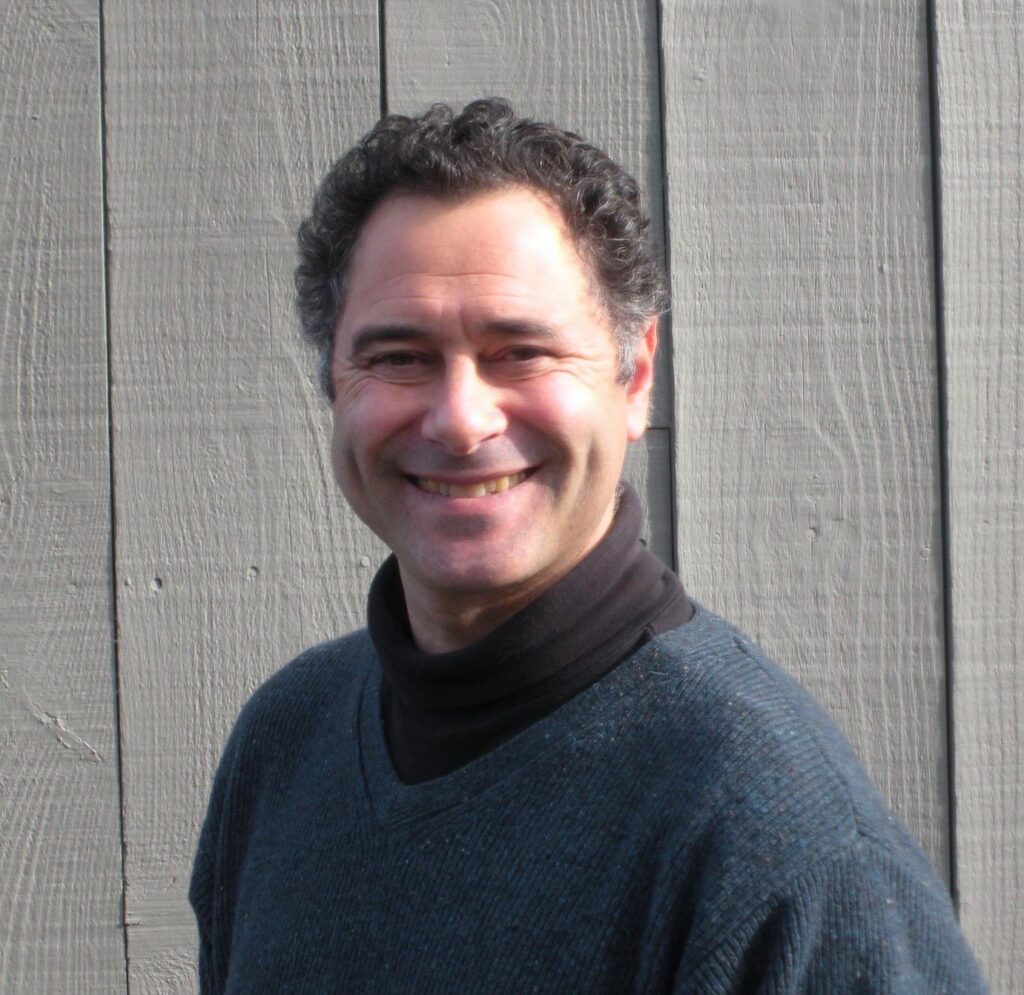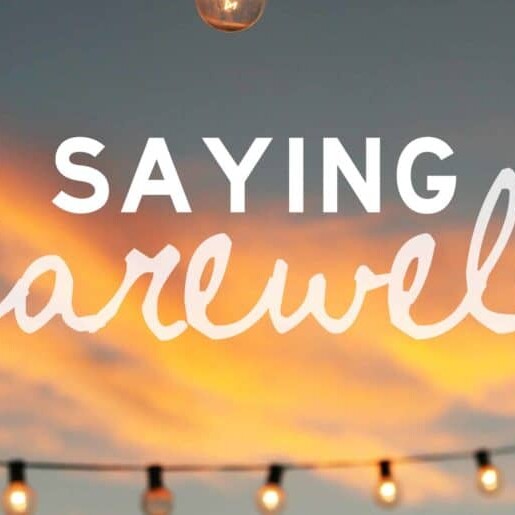In communal transformation, leadership is about intention, convening, valuing relatedness, and presenting choices. It is not a personality characteristic or a matter of style, and therefore it requires nothing more than what all of us already have. This means we can stop looking for leadership as though it were scarce or lost, or it had to be trained into us by experts. If our traditional form of leadership has been studied for so long, written about with such admiration, defined by so many, worshipped by so few, and the cause of so much disappointment, maybe doing more of all that is not productive. The search for great leadership is a prime example of how we too often take something that does not work and try harder at it.
Peter Block, Community: The Structure of Belonging
As a white man born into a well-off and well-educated family in the US, the idea that I might step into leadership was part of my conditioning. And as someone who has chosen work that involves issues of justice, equity, and inclusion, I find myself challenged to re-evaluate the very definition of leadership. In this, I have found two books to be particularly helpful. Reading Peter Block’s Community: The Structure of Belonging in 2010, I was struck by his declaration that “leadership is convening,” and by the concrete guidance he provides for living into that story. Some years later, I was further inspired by Frederic Laloux’s description in Reinventing Organizations of a new paradigm for governance, his addressing of questions related to hierarchies and self-organizing, and his vision for what might be possible as we continue to evolve our capacities for new forms of organizing. Both authors start from the premise that our conception of leadership in the dominant Western culture is failing us, opening the way to new approaches based on “power with” rather than “power over.”
I was brought up within that dominant culture as one of its most privileged members, and was taught to excel in things like critical analysis and debate. Then in 2010, I found myself called into work inspired by a new possibility that I suddenly recognized: we could make powerful use of our new virtual capacities to convene large groups of people by engaging them in generative dialogue about systemic transformation. I found that my old training did not serve me and was in fact a handicap in many respects. At the same time, I discovered that I had gifts for creating and holding hospitable space, listening deeply, and making meaning out of the diversity of opinions, beliefs, and worldviews that were being expressed in the conversations I helped convene. Block’s work offered both a powerful validation of this new direction and a road map for the journey.
Around the same time that I was reading Community, I had the delightful experience of shifting my story about myself. I had worked with a professional career consultant a few years earlier and had tested as an introvert (INFJ) on the Myers-Briggs personality inventory. Then one day while driving home and mentally preparing for a World Cafe conversation I was about to host online, it struck me that the excited energy I was feeling was characteristic of extroverts. So I immediately called my friend David, a Myers-Briggs maven, and asked him to look up the characteristics of the ENFJ personality. The answer? That people like me are leaders of groups, and that others are drawn to participate in those groups not because of efforts we make to persuade them that they should do so, but simply because of the way we show up. In Block’s words, this is “invitation as a way of being,” where the artist replaces the economist/salesman.
As I reflected on why I might have scored as an introvert, it occurred to me that I had exiled my gifts as a convener of hospitable space. My explanation for having done so was that, throughout my early adulthood, my efforts to show up as a whole person were not well received. So I told myself the story that I preferred my own company and a small set of close relationships, and that being in groups was a challenge for me because of my nature. Accordingly I made my professional world a small one, holding back on what I felt called to most deeply. Reflecting on this anew, it occurred to me that I had intuitively sensed the bankruptcy of the dominant paradigms through which I had been told I was supposed to engage with the world, and that the painful experiences in my work were the result of my rebellion against operating in that context. The discovery of this new way of showing up–as a convener of groups, in service to movements for transformational change– was utterly liberating.
The other inspiration I drew from Block was the idea that community is required for transformation. It is not enough for us to work on ourselves in isolation. As Thich Nhat Hanh has famously said, “the next Buddha may be a sangha.” And so I embraced the creation of community as a core purpose of my work. I came to see the emergence of social fabric made up of many interwoven relationships as being the most important outcome in any engagement, over and above the conversational content or action planning that often provides the explicit context for a gathering.
The places where we live are failing to provide a strong sense of community for many of us. Other traditional markers such as nationality, ethnicity, gender, political ideologies, extended family structures, etc. also often do not seem sufficient or lack resonance. As a result, we are witnessing the increasing fragmentation of identity, accompanied by a yearning for belonging and connection to replace what we have lost. The dangers of this phenomenon are apparent all around us, most prominently in the political realm, as a product of the broader challenge of simply identifying a shared reality. As we all struggle with the fact that conventional wisdom has shown itself to be incomplete, flawed, and sometimes false, many are choosing to embrace conspiracy theories–a phenomenon that I believe to be toxic. Yet I also see a great opportunity in this unraveling–a chance for humanity to go through a kind of reweaving (or re-wilding) that builds upon what was good and important about our previous stories and forms of identity, yet also transcends the limits they carried with them.
As we co-create new forms of community, we get to try out identities that connect us directly to our gifts. Anthropologists have determined that the natural size for a tribal unit is a little less than 160 people, and that the “gift economy” was the original form of organization that we employed in such groups. I love to imagine what a group that size can do today with the power of our new technologies, if it succeeds in fully bringing forth the gifts of its members and releasing them into the world. And what might be possible if these “tribal groups” learned to connect and collaborate with one another, based on natural alignments in purpose and values? And then what if we learned to do this in a way that reconnected us to the earth as a whole, by linking together our care for each of the places where our feet touch the ground?
This vision of transformational communities requires a good deal of coordination, collaboration, and co-creation both within and among groups. So it is not surprising that the crucial need for wise and effective governance has emerged in my work time and time again. Tom Atlee, my first mentor in the convening work I began in 2010, introduced me to the concept of collective intelligence and to a wide variety of processes that have been developed for tapping into it, including many that relate to governance and decision-making. His new Wise Democracy Pattern Language is a wonderful resource, as is the Co-intelligence Institute website he curates.
The need for governance structures became more tangible for me when I co-launched Occupy Cafe and was exposed to consensus decision-making and Sociocracy. Not long after that, I became part of the core team for the Great Work Cultures initiative and was also introduced to the Future of Work movement, both of which focused on new paradigm approaches to decision-making and sharing power in the workplace. Another influence was the concept from The Circle Way of “a leader in every chair.” And the related idea that movements need to be “leaderful” rather than “leaderless” came from Peggy Holman, whose book Engaging Emergence also taught me practical and inspiring approaches to convening. Then in 2014 I read Frederic Laloux’s Reinventing Organizations, which seemed to pull it all together.
Like Block, Laloux presents models for organizing ourselves using “power with” rather than “power over.” In his synthesis based on the study of a wide variety of organizations, he identifies three key innovations: evolutionary purpose, self-organizing, and the welcoming of our whole selves into the spaces where we work. He gives examples of each of these patterns happening in a number of organizations, while also stating that he has yet to see any instance where all three are present in a single one. Since he wrote his book, many people–myself included– have been inspired by his observations (and those of the many others working on similar visions of “next stage” organizations) to attempt to co-create initiatives that have all three of these elements in their DNA.
One of the interesting patterns I’ve observed in groups that take up this challenge has to do with hierarchies. Because our old models have failed us so dramatically in so many respects, there is now a deep mistrust of leadership. And because so many voices have been marginalized for so long, there is a need for them to now be heard. How we learn from these experiences in order to create spaces where we thrive can be a tricky thing.
I remember vividly my visit to the Occupy Wall Street encampment in New York City in 2011. I was particularly struck by the general assembly I witnessed that day. There was a problem to deal with: a giant pile of dirty, wet laundry had accumulated as a result of several days of rain. It was beginning to mildew. Someone had already secured a truck and located a laundromat uptown that would welcome them. All that remained was for the group to decide to allocate money for the laundry machines. There were easily 150 people participating in that deliberation. It took over an hour (using the famed “people’s mic”) to hear everyone who wished to speak and to decide that yes, the money should be released so that the laundry could get done. While many might have seen this as something less than good governance, I chose to interpret it as a kind of communal poetry!
It is crucial that we create spaces for collective expression that allow all voices to be heard. Peter Block gives us one model for doing so in a way that weaves community and brings forth our gifts. His approach creates a context of relatedness, trust, commitment, and the safety to dissent. These are crucial precursors to sharing power well, but we also need structures and processes designed to support us in making decisions together in a good way. A key pattern for doing this, as Laloux found in his research, is the empowerment of small groups closest to the work that needs to be done as the vehicle through which authority is allocated. As Block also declares: “the small group is the unit of transformation.”
When needed, small groups can seek input from the whole community or organization, and can also reach out beyond it to all stakeholders, if desired. We have lots of great methods for this kind of “advice process,” not to mention talented facilitators who love this kind of work. But it still makes sense in most cases for a small group–people connected to the needs being addressed and the consequences of their choices– to process that broader input, make an appropriate decision, and then stay engaged and agile in order to respond to what happens as a result. Sociocracy works in this way, and I am very drawn to that methodology, although a full implementation of all its elements may not be the right answer in many cases. Indeed, I don’t believe there is a one-size-fits-all solution, and I think that we are still very much in the beginning stages of figuring out how to do this well. This is especially true to the extent that we wish to transcend the organization as the core unit through which work must be done, returning to communities as the way to meet many more (and perhaps even most) of our needs.
The context in which these questions about leadership and community have the most meaning for me is the possibility of near-term civilizational collapse. Though Jem Bendell has become perhaps its most prominent voice today, Meg Wheatley was the thought leader I first paid attention to who was preaching this gospel. After many years of working to support the emergence of a new paradigm for humanity based on the idea that “whatever the problem, community is the answer,” Wheatley had a change of heart, giving up on the idea that we could still “save the world.” In her 2012 book So Far from Home and the subsequent Who Do We Choose to Be? she painted a stark picture of despair among many who, like her, had worked for decades to bring forth a world that works for all beings. Now she spoke instead of the need for leaders to create “islands of sanity” amidst the sea of collapse.
Is Wheatley right? Joanna Macy, the contemporary of hers who popularized the term “the Great Turning” to encompass the magnitude of the civilizational shift they and others were imagining, says that we still don’t know whether it is too late for us to midwife that better world or not. I find her view to be compelling as well. This brings me back to Block, who emphasizes that the story we choose to tell ourselves is just that: a story and a choice. And that the choice we make has payoffs and costs.
And so I will close with a story I choose to tell myself. Holding onto it gives me the payoff of validating the community weaving work I feel called to do, and my sense of having found a good way to be a leader. It therefore helps me to minimize the guilt I hold onto for living a privileged life, including not doing more to dismantle the systems of oppression I benefit from, and choosing to have an environmental footprint that is way bigger than my personal fair share.
What are some of the costs of my attachment to the story? One is that I may not be paying attention to other possibilities for making use of my gifts. Another is that my sense of self worth and identity is dependent on outcomes I often cannot see and must take on faith. A third might be that I have fooled myself into believing that I am practicing “power with” when in fact I am perpetuating the old patterns of “power over.” Furthermore, this story leaves me open to the criticism that I am a “virtue signalling” hypocrite because, while I claim to be a stand for the need to transform our ways of doing things so that we reweave rather than unravel our environmental, social, and spiritual life support systems, I am choosing a life of privilege that contributes to that very unraveling.
For now, knowing all that, I am sticking with the story…
There may not be much difference between the work of creating islands of sanity and of reweaving the whole world. It might “simply” be a matter of tens of thousands of transformationally empowered communities, each doing powerful work in their own local domains (be they place-based or virtual) while also supporting one another to bring forth a global shift. For all we know, just as the mycelial mat is hidden from our view and has only recently come to define our basic understanding of how a forest works, a sufficiently dense weaving of relationships, flows of information and resources, and connections to other parts of the transformational ecosystem might already be underway such that tens of thousands of these communities are springing up around the globe, mushroom-like, in order to nourish us, transform our collective consciousness, and cast billions of potent spores to the winds of change.
*Published in the Sharing Corn Journal, Volume 2, available from Joy Generation in print form here and in digital form via Amazon here.
featured image found at WSJ.com
Ben Roberts is a systemic change agent and“process artist,” working in service to what Joanna Macy and others have called “The Great Turning.” Inspired since 2010 by the internet’s largely untapped power to convene and support new modalities for participatory dialogue, he has been a pioneer in bringing large group conversational processes into the virtual realm via platforms such as Zoom and Slack, and in blending and creating synergies between virtual and in-person engagement.
PLEASE DONATE to help Network Weaver continue in it’s mission to offer free support and resources to networks worldwide.
Related Posts
September 24, 2025
Thank you & Farewell
November 4, 2024




